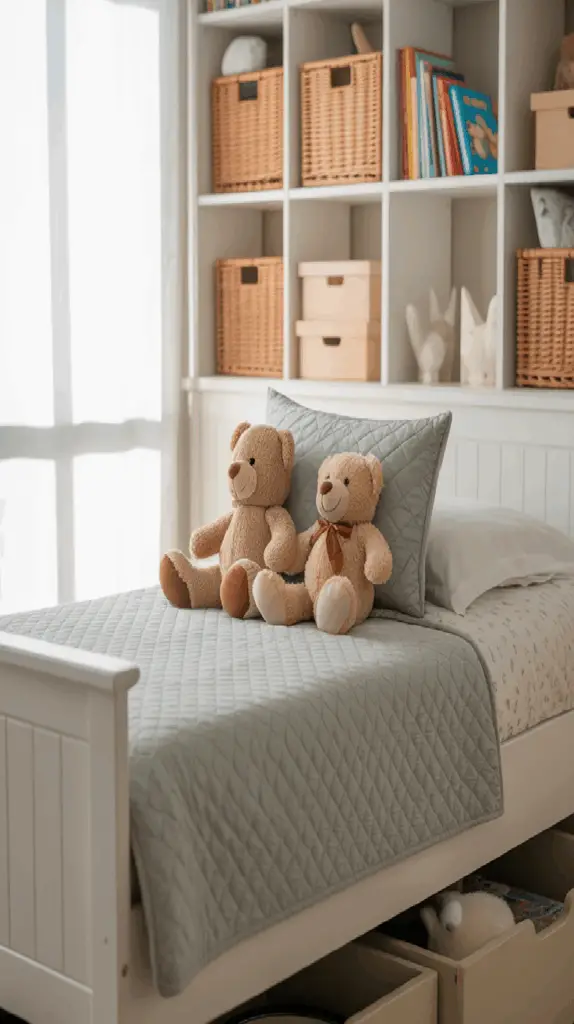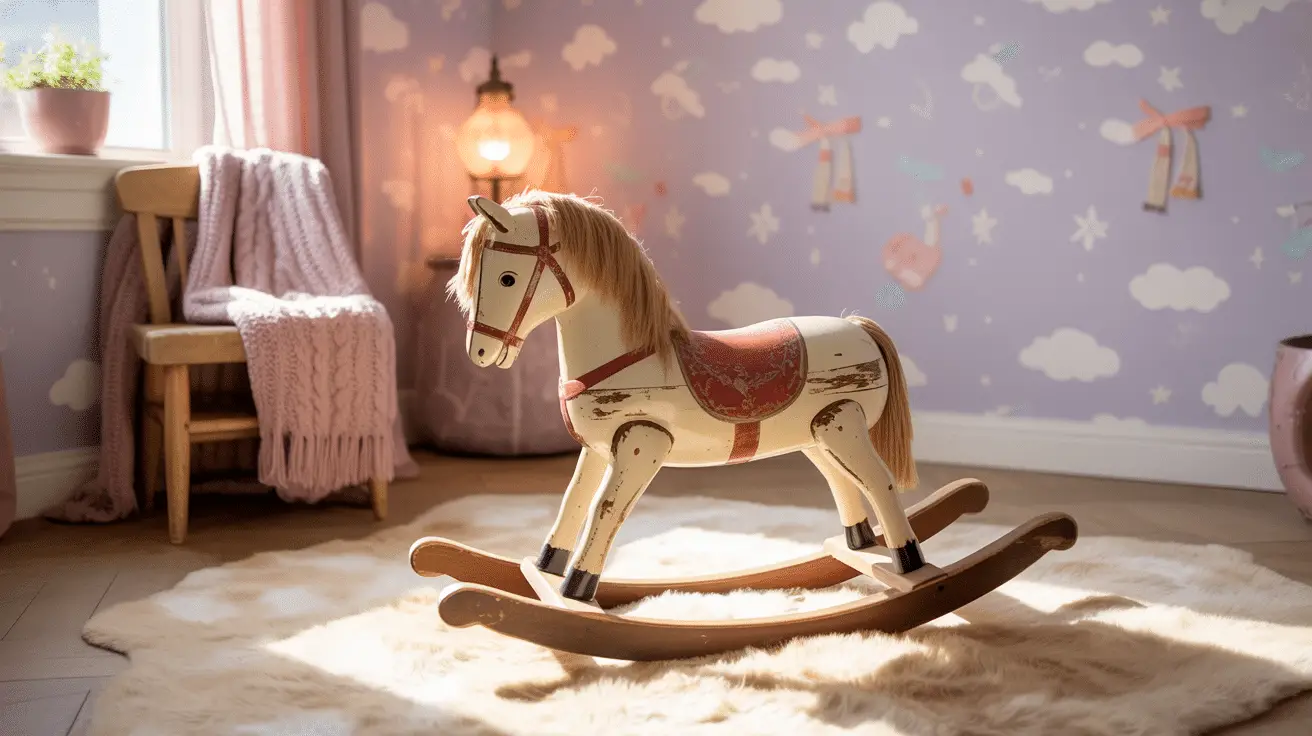Transform Your Space: Kids Room Ideas That Inspire Creativity and Comfort
Table of Contents
Introduction
A child’s bedroom is so much more than just a place to sleep. It’s a sanctuary for imagination, a hub for learning, and a canvas where personality begins to shine. Studies show that children who have thoughtfully designed spaces tailored to their needs are more likely to engage in creative play, develop independence, and even rest better. But designing a kids room can be daunting. Parents often struggle to find the balance between style, function, and longevity, especially when their child’s tastes evolve so quickly.
The beauty of kids room design lies in its flexibility. Unlike other areas of the home that prioritize formality, a child’s room can be whimsical, bold, and filled with details that encourage creativity and growth. Whether you’re working with a small nursery, a shared bedroom, or an older child’s retreat, there are endless ways to craft a space that inspires both comfort and imagination.
This article will explore a range of inspiring kids room ideas—from choosing the perfect color palette and incorporating smart storage solutions to adding themed decor and multipurpose furniture. Each section provides practical advice, creative inspiration, and visual breakdowns so you can design a space that grows with your child while reflecting your family’s unique sense of style.
Choosing the Right Color Palette for Kids Rooms
Color is one of the most impactful tools in kids room design. It sets the mood, sparks imagination, and provides a base for the rest of the decor. For younger children, soft pastels such as pale pinks, mint greens, or baby blues create a soothing and nurturing environment. These gentle tones are perfect for nurseries or toddler rooms, helping children feel calm and secure.
For older children, bolder shades like navy, mustard yellow, or even deep teal can inspire creativity and reflect personality. Accent walls, colorful murals, or wallpaper with playful prints allow you to experiment without overwhelming the space. Neutral tones like gray or beige also work beautifully as backdrops, allowing vibrant decor elements to stand out.
The key is choosing a palette that grows with your child. Instead of painting the entire room a bright color that may feel outdated in a few years, consider layering bold accents through textiles, artwork, and furniture. This way, you can update the look easily without a complete renovation.
Table: Kids Room Color Inspiration
| Age Group | Suggested Palette | Effect Created |
| Infants & Toddlers | Soft pastels (mint, blush, sky blue) | Calm, nurturing, restful |
| School-Age Kids | Bright accents (yellow, teal, coral) | Playful, energetic, inspiring |
| Teens | Neutrals with bold accents (gray + navy, beige + mustard) | Mature yet creative, versatile |
Smart Storage Solutions That Keep the Room Tidy
Storage is one of the biggest challenges in kids room design. Toys, books, clothes, and art supplies can quickly overwhelm the space, making smart storage a necessity. But storage doesn’t have to be boring—it can become part of the decor while teaching kids the value of organization.
Open shelving is a practical and stylish option. It provides easy access for little hands and allows toys or books to double as decorative elements. Storage cubes or bins, especially in woven, fabric, or wooden finishes, keep clutter contained while blending seamlessly into the room’s design. For shared bedrooms, under-bed storage is invaluable for maximizing space.
Furniture with built-in storage—like beds with drawers, storage benches, or desks with cubbies—offers functionality without sacrificing style. The best storage systems are flexible, adapting as your child grows and their needs change. Clear labels or color-coded bins can also help children learn to tidy up independently, fostering responsibility from an early age.
Table: Practical Storage Options for Kids Rooms
| Storage Type | Benefits | Design Style Match |
| Open Shelving | Accessible, decorative display | Works with modern or rustic rooms |
| Storage Bins/Cubes | Easy to swap, colorful accents | Flexible, playful designs |
| Under-Bed Drawers | Maximizes hidden space | Great for shared or small rooms |
| Built-in Furniture | Multi-functional, space-saving | Ideal for long-term design |

Themed Bedrooms That Spark Imagination
Themed rooms are a favorite for kids because they allow their interests and personalities to shine. From woodland adventures and nautical escapes to outer space explorations, a theme transforms a bedroom into a world of imagination.
For younger children, animal or storybook themes bring playfulness and comfort. A jungle-themed room might include leafy wallpaper, plush animal toys, and earthy tones. School-age children might love a nautical room with navy stripes, rope decor, and ocean-inspired art. Teens can take a subtler approach with themes like bohemian chic, sports-inspired spaces, or minimalist modern designs that reflect their maturity.
The secret to success is balance. Overloading a room with themed items can quickly feel overwhelming. Instead, incorporate the theme through key elements like bedding, wall art, accent pieces, or even a statement wall, while keeping the rest of the design flexible for future changes.
Table: Theme Ideas by Age
| Age Group | Theme Example | Key Decor Elements |
| Toddlers | Woodland Adventure | Leafy wallpaper, plush animals |
| School-Age Kids | Nautical Escape | Striped bedding, rope accents |
| Teens | Boho Chic or Sports Theme | Macrame wall art, team memorabilia |
Multipurpose Furniture That Grows with Your Child
Investing in multipurpose furniture is one of the smartest strategies for kids room design. Children grow quickly, and their needs change just as fast. Choosing furniture that adapts over time saves money and ensures the room remains functional as they transition from toddler to teen.
Convertible cribs that transform into toddler or full-size beds are excellent for nurseries. Loft beds with desks underneath maximize floor space for school-age children, combining sleep, study, and storage in one compact footprint. Extendable desks and modular shelving can expand as your child’s study habits evolve.
Seating is also important. A small reading nook with a beanbag or chair may transform into a lounge space for teens. The beauty of multipurpose furniture lies in its ability to evolve with the child while maintaining consistent design cohesion.
Table: Multipurpose Furniture Options
| Furniture Piece | Features | Benefits Over Time |
| Convertible Crib | Converts to toddler/full bed | Long-lasting, cost-effective |
| Loft Bed with Desk | Sleep + study + storage | Maximizes space in small rooms |
| Modular Shelving | Adjustable, expandable | Adapts as storage needs grow |
| Reading Nook Seating | Beanbag, armchair, futon | Transitions from play to lounge |
Adding Personal Touches Through Decor and Accessories
Accessories bring life and personality to a child’s room. From wall art and rugs to bedding and lamps, these elements can easily be swapped out as your child’s tastes change. For young children, alphabet prints, growth charts, or colorful rugs encourage learning and play. Older kids may prefer framed posters of their favorite characters, music-themed decor, or a gallery wall of personal photos.
Lighting doubles as decor. A whimsical pendant lamp or a string of fairy lights adds magic, while a reading lamp promotes practicality. Don’t overlook the impact of bedding, which can be the simplest way to refresh the room’s look seasonally.
Plants, even faux ones, can also bring vibrancy and freshness to the space. The key is balance: choose accessories that are meaningful without overwhelming the overall design. This ensures the room feels stylish, functional, and personal.
Table: Kids Room Decor Essentials
| Decor Element | Examples | Why It Works |
| Wall Art | Alphabet prints, posters | Educational and personal touch |
| Rugs | Play mats, colorful patterns | Defines zones, adds comfort |
| Lighting | Fairy lights, bedside lamps | Adds warmth and functionality |
| Plants | Small potted greenery | Freshness and natural texture |
Creating a Room That Encourages Play and Learning
A kids room isn’t just about sleep—it should also encourage play, exploration, and learning. Designating specific zones within the bedroom helps children understand where to study, play, and relax. A corner with a play tent, art station, or bookshelf can foster imagination and creativity.
Older children benefit from dedicated study areas. A desk with adequate lighting, ergonomic seating, and shelves for supplies sets the stage for focused learning. Incorporating interactive decor—like chalkboard walls, pegboards, or magnetic boards—gives kids space to express themselves while staying organized.
Playful details should blend seamlessly with practicality. A reading nook with a cozy chair and bookshelves encourages literacy, while climbing elements like low ladders or soft play areas support active play in younger children. The design should balance fun with functionality, ensuring the room is both engaging and restful.
Table: Functional Room Zones
| Zone Type | Features | Benefits for Children |
| Play Zone | Tent, art station, toy storage | Encourages creativity, imagination |
| Study Zone | Desk, shelves, task lighting | Promotes focus and learning |
| Relaxation Zone | Reading nook, cozy seating | Supports rest and mindfulness |
Conclusion
Designing a kids room is an opportunity to create a space that nurtures growth, independence, and creativity. By choosing the right color palette, incorporating smart storage, and selecting flexible furniture, you can ensure the room remains practical and stylish for years to come. Themes, personal touches, and carefully curated zones elevate the space into something more than just a bedroom—they make it a world where your child feels inspired, secure, and joyful.
When approached thoughtfully, a kids room becomes more than four walls. It becomes a story, a safe haven, and a foundation for countless memories.

